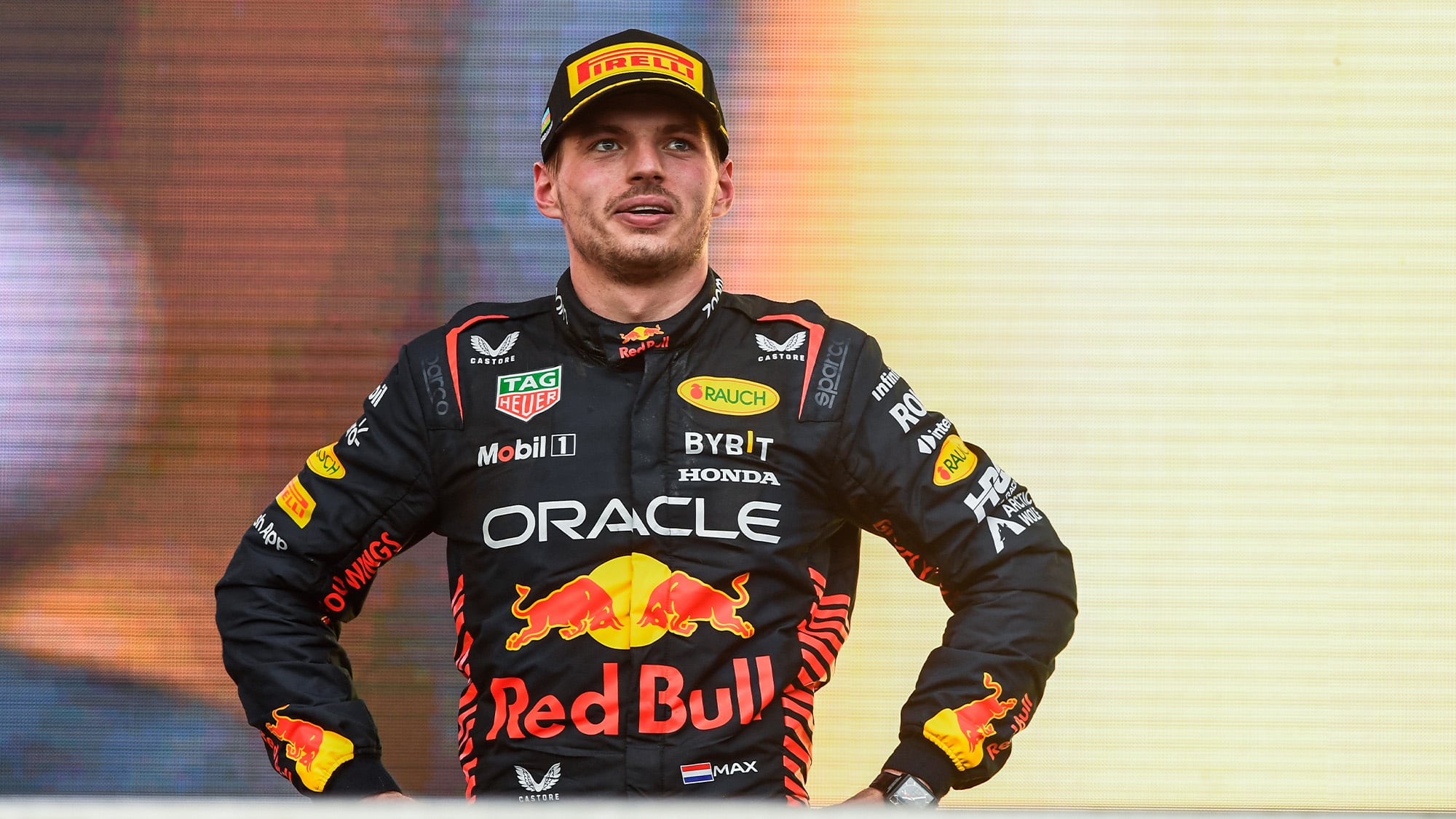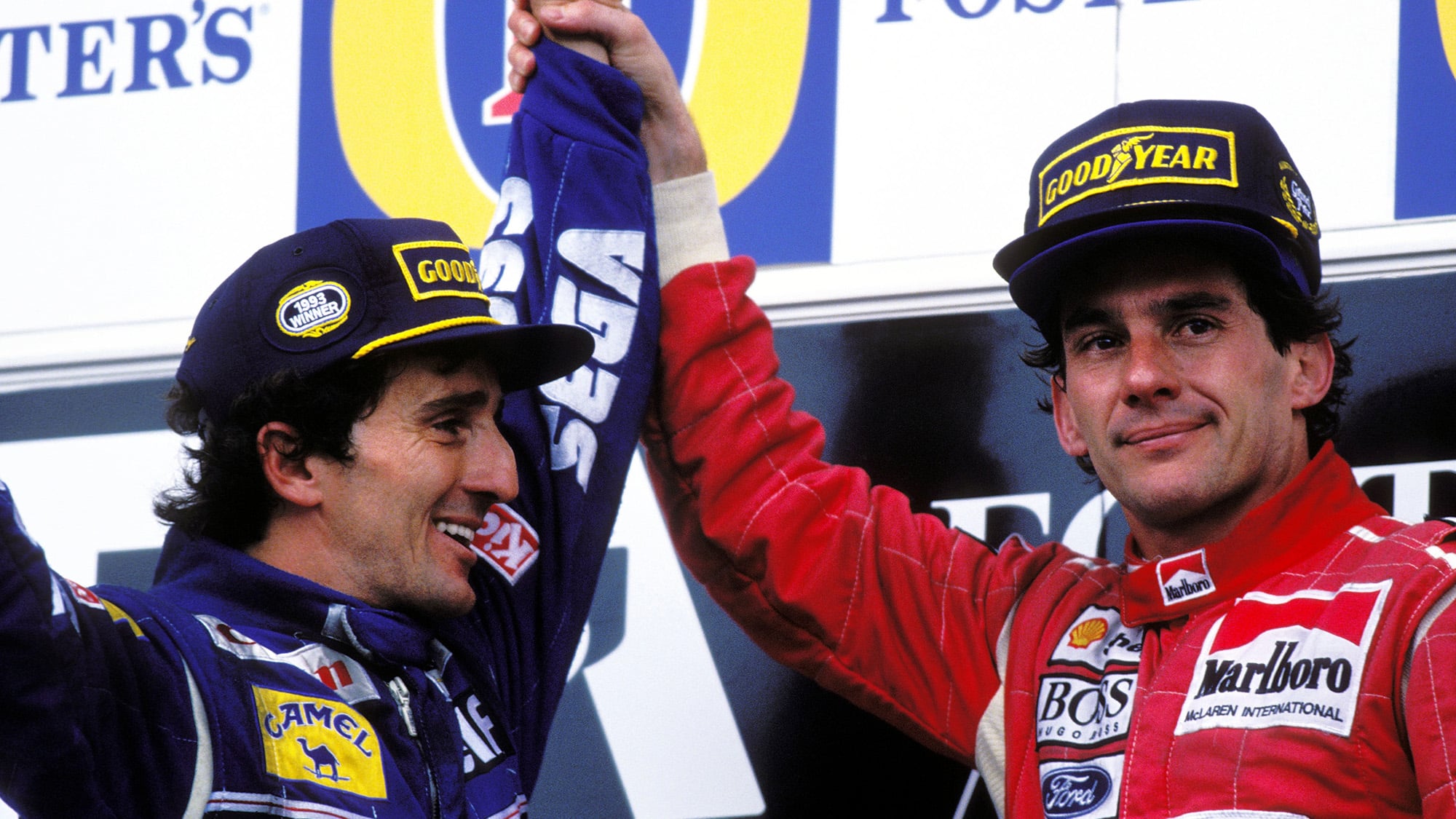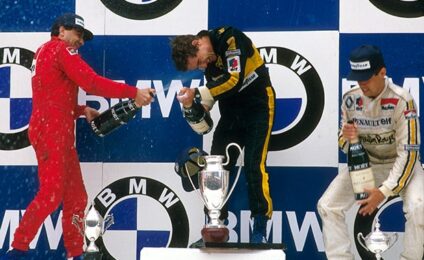Moreover, viewing Formula 1 through the prism of the 2023 season, Verstappen reminds me of Senna in many ways, and Lewis Hamilton of Alain Prost. For many years Hamilton, like Prost, was universally hailed as the best driver in the world, and, despite his advancing years (he is 38), he could stake a robust claim to that ranking still, as could Fernando Alonso, who is almost four years Hamilton’s senior. But, as Senna was throughout a Formula 1 career that never allowed him to grow old, Verstappen is surely now the fastest driver in the world, and he may also be the best.
In the wet Senna was peerless, and so on occasion has Verstappen been. If Senna’s opening race lap at Donington in 1993 was extraordinary mastery of a damp track, then his maiden Formula 1 victory, in a downpour at Estoril eight years before that, was perhaps an even greater demonstration of how to manhandle a race car in the wet. Not only a race car, mind, but a jitterbugging beast of a race car, weighing just 540kg, powered by a peaky turbocharged engine good for 800bhp at 12,500rpm, its five-speed manual gearbox controlled entirely by its driver’s calloused right hand. At Interlagos in 2016 Verstappen’s Red Bull RB12 was equipped with incomparably more and better driver aids than was Senna’s Lotus 97T at Estoril in 1985, but the young Dutchman’s performance that rainy day ranks with the young Brazilian’s 31 years previously, for, although Verstappen finished only third, the aplomb with which he carved his way through the field to that position from near the back, making up 11 places in just 16 laps, was as good as anything I, for one, have ever seen.





